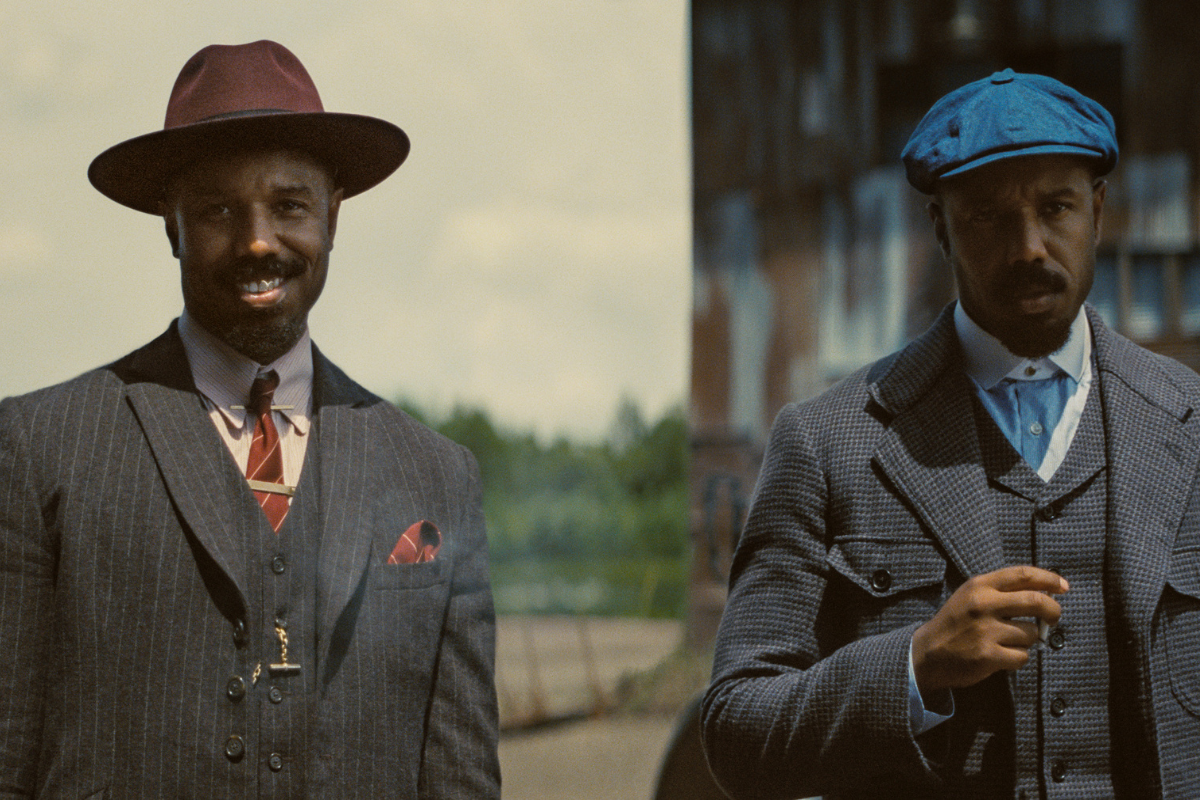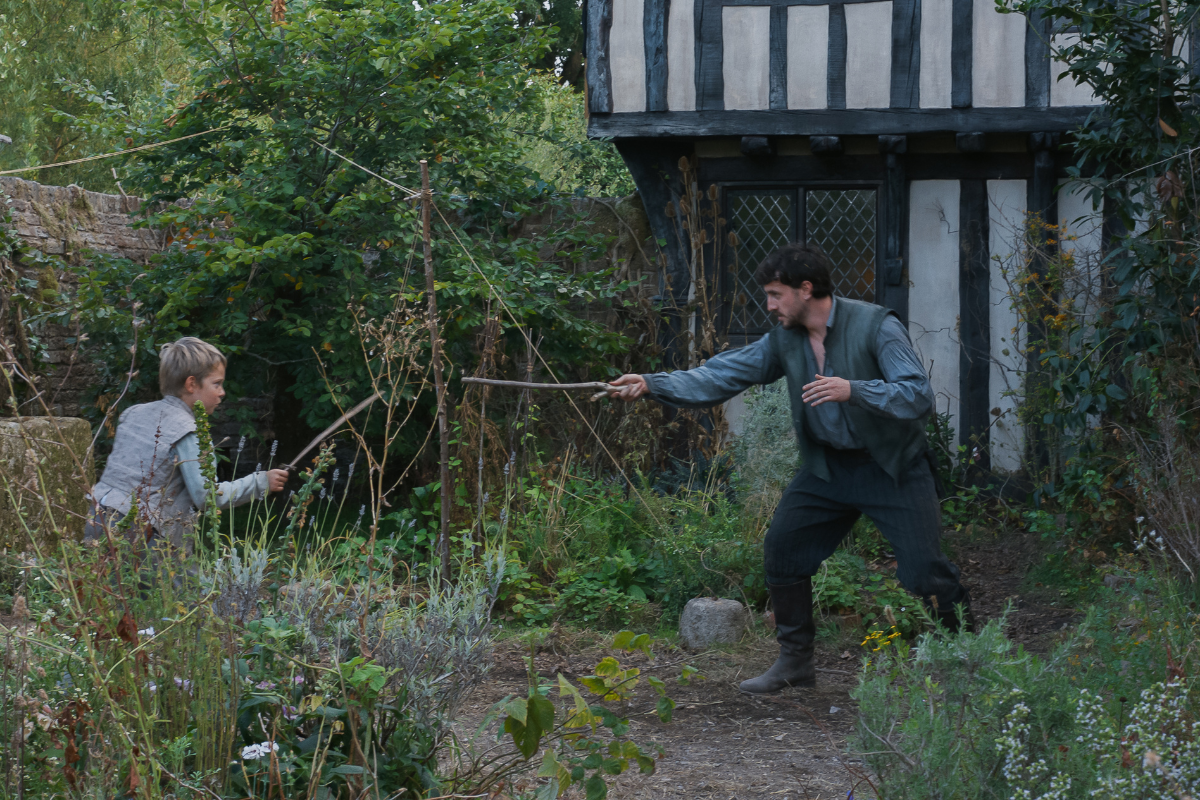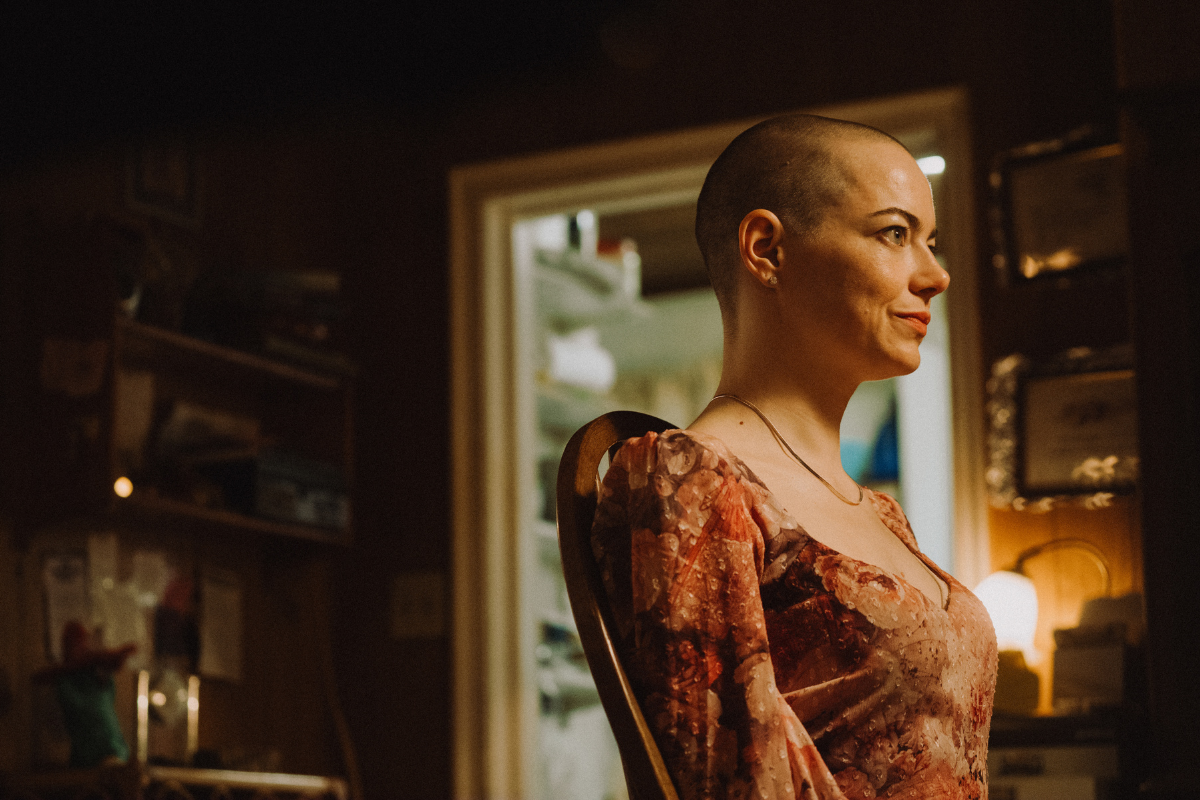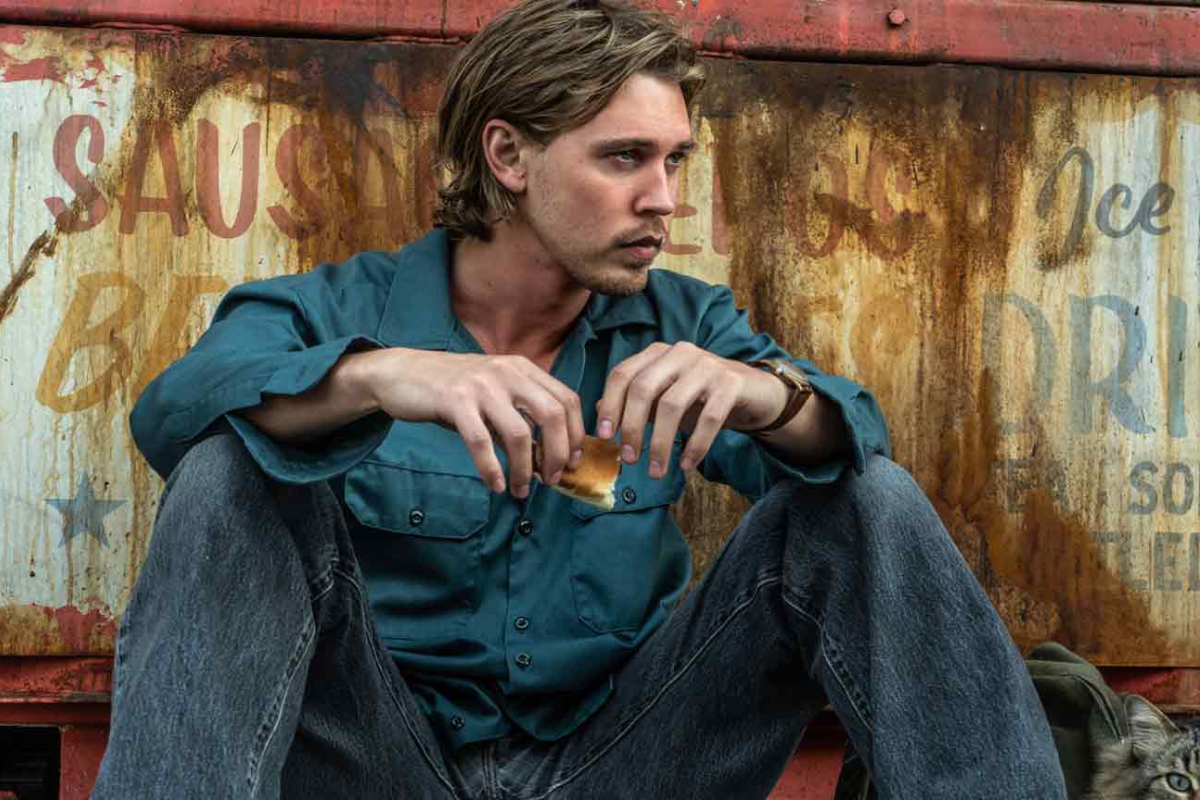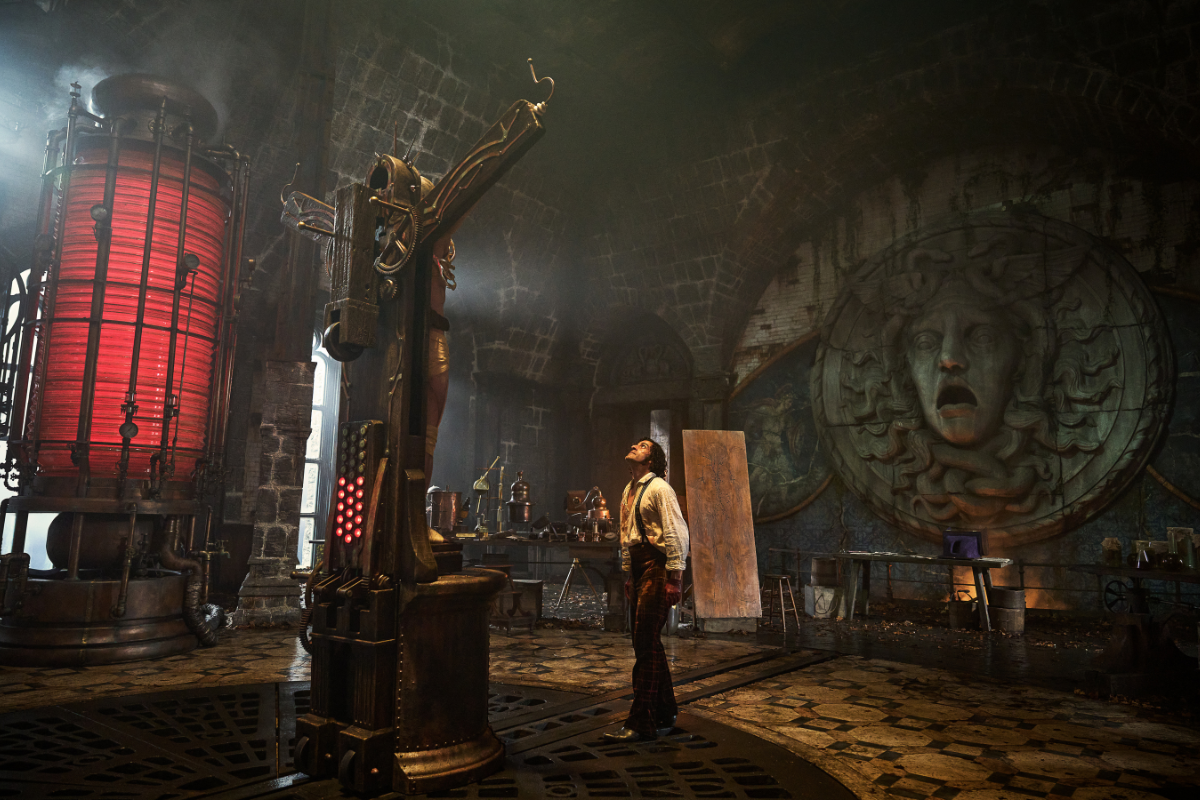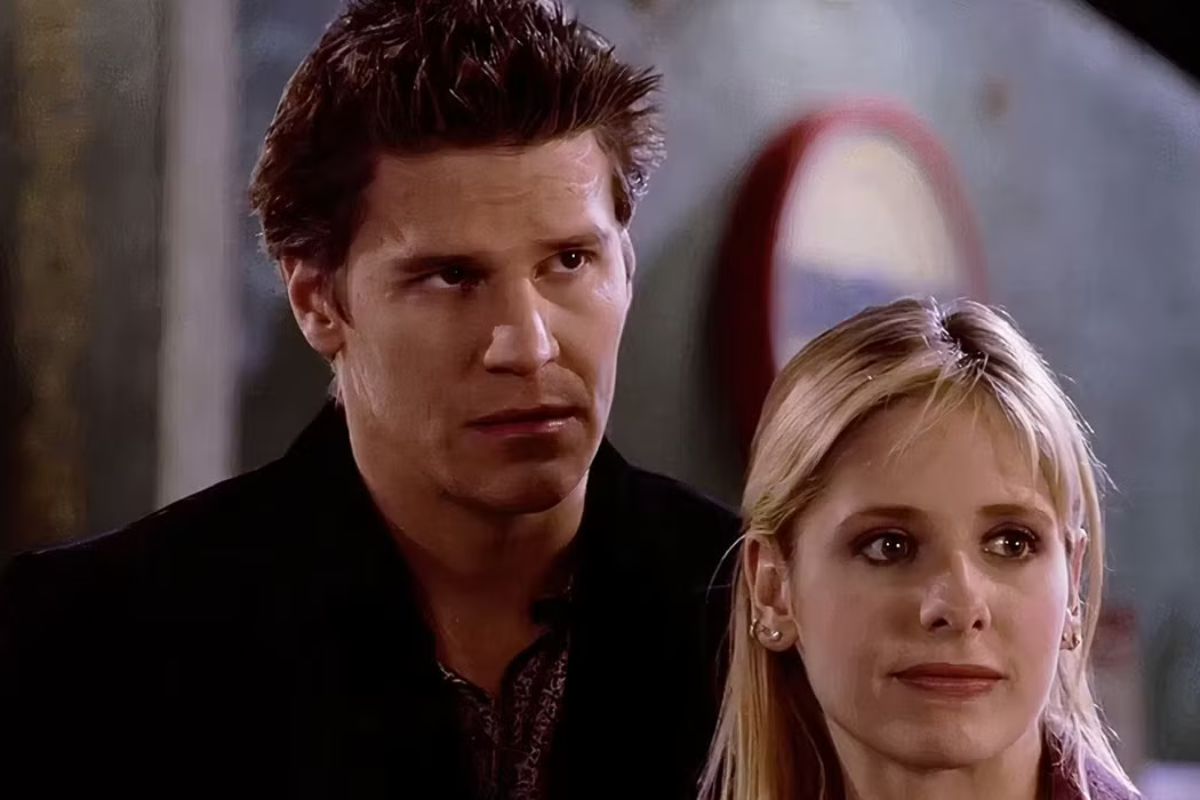SCRIPT NOTES: How Dual Mentor Characters Work
WGA writer Michael Tabb illustrates and analyses the use of multiple mentor characters in a single screenplay.
WGA writer Michael Tabb has written for Universal Studios, Disney Feature Animation, comic book icon Stan Lee, and other industry players. Michael's new book, Prewriting Your Screenplay: a Step-by-Step Guide to Generating Stories, is available now. Follow Michael on Twitter @MichaelTabb and Instagram @michaeltabbwga.
When a script has two separate mentors, it is usually done to personify the two aspects of learning how to complete the outer journey: mission and mindset. That is always at the core of differentiating two mentors. These two characters always boil down to one of three situations, which I will explain in this article. The first two require a false mentor. The dual mentor approach makes the most sense when divvied up into one false and one true mentor. If the mentor sometimes acts as the guardian angel on one of the protagonist’s shoulders, the false mentor appears to be an angel but is later revealed to be a little devil. Now, just because one of the two mentors is false, that does not make him or her a bad person; it just means they're wrong.
1) ONE MENTOR OF THE MIND VERSUS ONE MENTOR OF MISSION
Movies are about tough decisions. When the protagonist's original outer goal conflicts with the inner journey, that's what yields descent among mentors in this first category. Those stories are about those times in life when one's mission (physical task) and mind (the right way to do things) don't mesh. How much the mentor of mission and mentor of the mind conflict with one another on the best way to succeed is in the writer's hands. The key to any conflict between dual mentors should revolve around what is best for the protagonist, keeping him or her at the core of all conflict in the story.
The dividing of mentor duties is perfectly exemplified by Sean Maguire and Professor Gerard Lambeau in Good Will Hunting. Professor Lambeau is Will’s external mission mentor that can put the protagonist in a place to put his tremendous brilliance to good use in the physical world of complex mathematics. Too bad the protagonist is incapable of being a productive member of society due to the demons of his childhood. Lambeau enlists the aid of a psychiatrist (Sean) to help with mentoring Will's mind. A protagonist cannot succeed in his mission if his mind is not right.
Prof. Lambeau proves the false mentor does not have to be a bad man; it just needs to be the wrong path for this protagonist. A false mentor usually personifies a public misconception that relates directly to the writer's chosen premise. Good Will Hunting focuses on how best to measure one's success, whether through career or personal life. Lambeau has no wife, no family, stays up late working on math problems, is internationally recognized, and has the respect of everyone in his life. He has found great career respect and success (this is the mission of the outer journey), while the other mentor has lived and loved with all his heart (because his mind is in the right place-- in touch with his heart). In the end, the protagonist will have to choose which of the two paths to follow. The writer is showing and asking what is more important (mission or mentality), each with drawbacks and benefits. The film still makes me wonder sometimes if it was better to have loved and lost than to have dedicated that time toward a field of study that would always be there. Meanwhile, math can't hold you at night... Not without doing some serious drugs. This struggle shows how a protagonist can fulfill the character arc of the inner journey while not accomplishing the goal of the original outer journey, providing an emotionally satisfying yet unpredictable ending to the story.
It's no surprise that these two mentors lives and personalities reflect their roles as mentors. You will notice that Prof. Lambeau (pompous and impatient) and Sean (emotionally lost at sea) are both flawed. The movie asks who is the successful one. Prof. Lambeau considers Sean a failure in many ways because he never received recognition, which is blamed on the tragic loss of a wife that he loved more than anything in the world. When Will chooses love over career in the end, the writers make their point. In short, by delineating the mentors' responsibilities of preparing the protagonist in mission and mind, a writer can make a statement about which is more important: how to act or how to think? Action or wisdom?
It's important to recognize the character parallels between the protagonist and Sean, the mentor designed to be Will's true guide to success. The writer makes a point of the fact that they are from the same neighborhood, and it is later revealed that Sean even has the same exact problem as Will (an unwillingness to trust others in new relationships, though each has his own reasons). Will was brutalized in his youth, while Sean hasn’t gotten over the loss of his wife. Sean has a history of success in relationships and is trying to help Will overcome his issues so that he can have successful relationships in the future. What’s wonderful about this symbiotic relationship is that Will turns right around and mentors Sean at the end of the movie to open his heart to love again. Now you will notice, we do not see Sean find love. No arc is actually shown for Sean. The mentor does not have to actually achieve the arc unless he or she is also the protagonist.
The double mentor of mission (action) and mind (psychology) is not a new concept. In the quintessential mafia film, The Godfather, the two mentors are Tom Hagen and Don Vito Corleone. Vito teaches his son, Michael, about the importance of family and wants him out of the dangerous, family business. That's his idea of protecting his family. Meanwhile, when the family comes under attack, Tom puts the gun in Michael's hand and gives him the mission he needs to follow through on if his family must come first.
Calvin (the dad) is the mentor of mission that tries to salvage the family in Ordinary People, while Berger is Conrad's guide on how to mentally succeed in getting over their loss.
The genres that utilize both true and false mentors span the playing field (not just the Academy Award nominated, dramatic screenplays). In romantic comedies like Nine Months, you have Marty and Sean. Marty is the example of the guy who got married and settled down to have a family, and Sean stayed a single swinger. Both characters are totally committed to their lifestyles. Sean appears to be the mentor for the first half of the film, but the story evolves. These roles become reversed as the story drives toward its climax.
The same happens with the Professors Stromwell (the mindset to succeed) and Callahan (the mission to become a working lawyer) in the comedy Legally Blonde. Once Elle Woods gets to Harvard, Stromwell embarrasses Elle and kicks her out of the class on her very first day of school. Meanwhile, Callahan shows interest in the lovely blonde, takes Elle under his wing and gives her an internship at his prestigious law firm. This allows her to work on a very high-profile legal case. One professor seems unnecessarily hard on Elle, while the other offers a highly coveted opportunity for practical training. That’s when the writer plays three-card-monte and switches the mentors on us.
It isn’t until after the midpoint that Callahan reveals his true colors by trying to get into Elle’s pink miniskirt. Meanwhile, during the protagonist's personal low point at the end of act two, ready to drop out of school, the writer reveals Stromwell at the salon, where she encourages Elle stay. Setting it at the salon is critical because it actually draws the thin red line of connective tissue from protagonist to true mentor (just like Sean and Will's similar backgrounds in Good Will Hunting). Without on-the-nose dialogue, it's made clear to the audience in this moment that the tough teacher Elle thought hated her is also a blond, well-built woman (probably having had to face that same sexist behavior Elle is facing back in her own day). This explains why Stromwell was so hard on Elle. Stromwell knew Elle needed to be able to step up and not let her looks speak for her, or else she’d never be anything but some rich, sexist lawyer’s inside joke at a law firm. In the wake of the second act low-point, Stromwell inspires Elle to stay in law school and rise to the challenge of becoming a lawyer in act three. This exemplifies one of my favorite mentor writing tricks.
THE FLIP FLOP
This old-school "switcheroo" happens when you have one character who appears to be working against the protagonist and another that appears to be guiding or helping the protagonist, but something happens in the plot that reveals those characters' true nature and they switch sides. The reveal of the false ally plays a huge part in revealing the other's hidden loyalty. The unveiling of a false mentor sometimes forces a true one into the light.
In Harry Potter and the Sorcerer's Stone, the character that seems to be frail, unthreatening and stuttering, Prof. Quirrell, is the one supposedly teaching Harry how to defend himself against dark magic, and the intimidating Prof. Snape, always draped in all black, dogs Harry every single chance he gets. Yet, in the end, it is revealed Snape has been protecting Harry while Quirrell has been trying to kill him. The flip flopping device thwarts predictability at the major turning points of a story. Being unpredictable but logical is a huge part of keeping a script engaging. This is probably one of the many reasons JK Rowling used dual and false mentors in virtually every Harry Potter book leading up to The Deathly Hallows. In the one case she didn't use a false mentor, she instead flip-flopped the perceived antagonist into a beloved ally. This specific brand of shapeshifter is a fabulous wrench to throw into any decent writer's toolbox.
On a very brief side note, this flip flop between two characters can be done outside the dual-mentor paradigm. As an example, in Terminator 2: Judgement Day, the audience is predisposed to believing the Schwarzenegger terminator from the first film is evil and that the other person sent back through time has been sent to protect the heroes. Therefore, it's a shock when the roles are reversed as they catch up to John Conner.
Structurally, the surprise of one character's betrayal traditionally triggers the reveal of the supportive character's decency, clearing up our misconceptions regarding which character was working against the protagonist.
Platoon's Sgt. Barnes starts out as the no-nonsense, stand up, tough soldier and role model, while Sgt. Elias is a drug-addled superior officer that gets high in the trenches. Later, the truth about who really has the moral high ground comes to light as it's revealed Elias is the educator of mindset, understanding how screwed up this whole situation is at every turn. With these flip-flopping mentors, we come across the second way to differentiate between dual mentors.
2) TWO MENTORS WITH ONE MISSION BUT TWO MINDS
Another way to explore the conflict of two mentors is when they both have the same mission, but the true mentor is only revealed after revealing the difference in mind. In my favorite example of this, Platoon's outer journey is the mission for how to survive Vietnam. It features one of the most memorable pair of dual mentors on the same side of a conflict, yet they are at total odds with one another. These two strong men are deep in the jungles of Vietnam during a war neither believes in, armed with machine guns, and literally have to put their lives in each others hands on a daily basis. They vie for the protagonist's soul as he struggles with how to compartmentalize and mentally digest the situation. These two opposing mentors physicalize and epitomize everything Chris is wrestling with... What they are doing there, and how to behave in a violent world in which they do not belong. Sgt. Barnes starts as the bad-ass mentor, but he reveals himself a false mentor through his actions in the second act. These motifs play out again and again in films. How Sgt. Barnes pursues the mission of survival during war is wrong, revealing Sgt. Elias as the true mentor of mindset. Obviously, once this is revealed, the true mentor must be somehow removed from the equation so that Chris has to face the false mentor turned antagonist.
A modern, cinematic example of the Sgt. Barnes and Sgt. Elias conflict between dual mentors can be found in Avatar. James Cameron practically clones this exact technique. Colonel Miles Quaritch and Doctor Grace Augustine are both there at the service of a joint military-corporate venture in land mining for a valuable and precious mineral. The two mentor figures are united in mission, brought in by the same people, trying to find a means to a singular end, but these characters are differentiated by their philosophies on how best to achieve it. Many non-writers get shocked when they realize the tools are all the exact same regardless of genre, from Vietnam war drama movie to epic space fantasy. It's all the same exact plot devises; only the tone changes.
3) UNIFIED MENTORS (a mentor of the mind aligns with a mentor of mission)
Now, just because a screenplay has two mentors, that does not mean that one of them must be a false mentor. A good writer knows there's always another way and that our options are limited only by our creativity. In Harry Potter and the Prisoner of Azkaban, Albus Dumbledore is about the mission (goal-oriented) while Remus Lupin trains the mind (providing mental training and perspective in several situations). They are never at odds. Yoda trains the mind of a Jedi, and Obi-Wan focuses on the mission to prepare Luke for his inevitable confrontation with evil in Star Wars, Episode V: The Empire Strikes Back. Both mentors appear to fail in unison when Luke abandons training to save his friends. As Luke flies off in his X-Wing fighter, they seem to wash their hands of him. So, clearly the dual mentors are not always at odds with one another in the middle of the journey like in Good WIll Hunting and Platoon. They both want what's best for the protagonist.
Now, in a medium where the most engaging element of storytelling is the conflict between characters, one might wonder why would a writer design two mentors that are on the same side. There's one reason: the writer is specifically trying to make a point that mind and mission should not conflict when it comes to doing the right thing. You see this most in large scope, good-versus-evil themed stories.
THE MENTOR'S MENTOR
One of the more unique examples of two mentors in a single movie is when the protagonist's mentor is so flawed that he or she requires a mentor. This makes a lot of sense for a story that has to do with multiple generations or passing forward responsibilities and traditions. This is the case in Kung Fu Panda. In Back to the Future, the central character of the film is Marty McFly, the mentor that gets his own father, George McFly, to his character arc. All the while, mentor Marty has his own mentor, Doc Brown, who teaches him how to handle the intricacies of altering history.
So in all, there are three types of dual mentor situations:
- Mentor of the mindset versus mentor of mission
- Mentors of a single mission differ in mind
- Two mentors on a unified front (mindset aligns with mission).
...And any way you slice it, when well-written, these two mentors always differentiate from one another in mindset, mission or both. Otherwise, you wouldn't need two of them.
The mentor is the fourth major character archetype of the big five. Our fifth and final one is the most overlooked and underutilized of all character purposes in any script. For my money, the fifth is one of the most important purposes any character can serve in your story. Stay tuned for the last (and definitely not least) important of the five major character types, the reflection character.
- More articles by Michael Tabb
- Script Notes: Major Character Types - "Mentor"
- FREE Download - Structure Grid of Character and Plot Development
Get more insights into creating characters with Tom Lazarus' webinar
How to Write Bankable Characters
Michael Tabb is a firm believer in giving back to fellow artists in an ongoing effort to constantly elevate the medium of visual storytelling through the exchange of free-flowing ideas. This column is one WGA writer’s perspective of entertainment from within the screenwriting trade, including craft as well as industry, occasionally separating conceptions from misconceptions. It’s part trade analyses and part opinion column. Writers are story surgeons. Scrub in and let’s dissect this living, breathing, evolving thing we do called entertainment writing. Read the book inspired by Michael's articles at Script Magazine Prewriting Your Screenplay: A Step-By-Step Guide to Generating Stories, and follow him on Twitter: @MichaelTabb, Instagram: @MichaelTabbWGA, and Pinterest.


